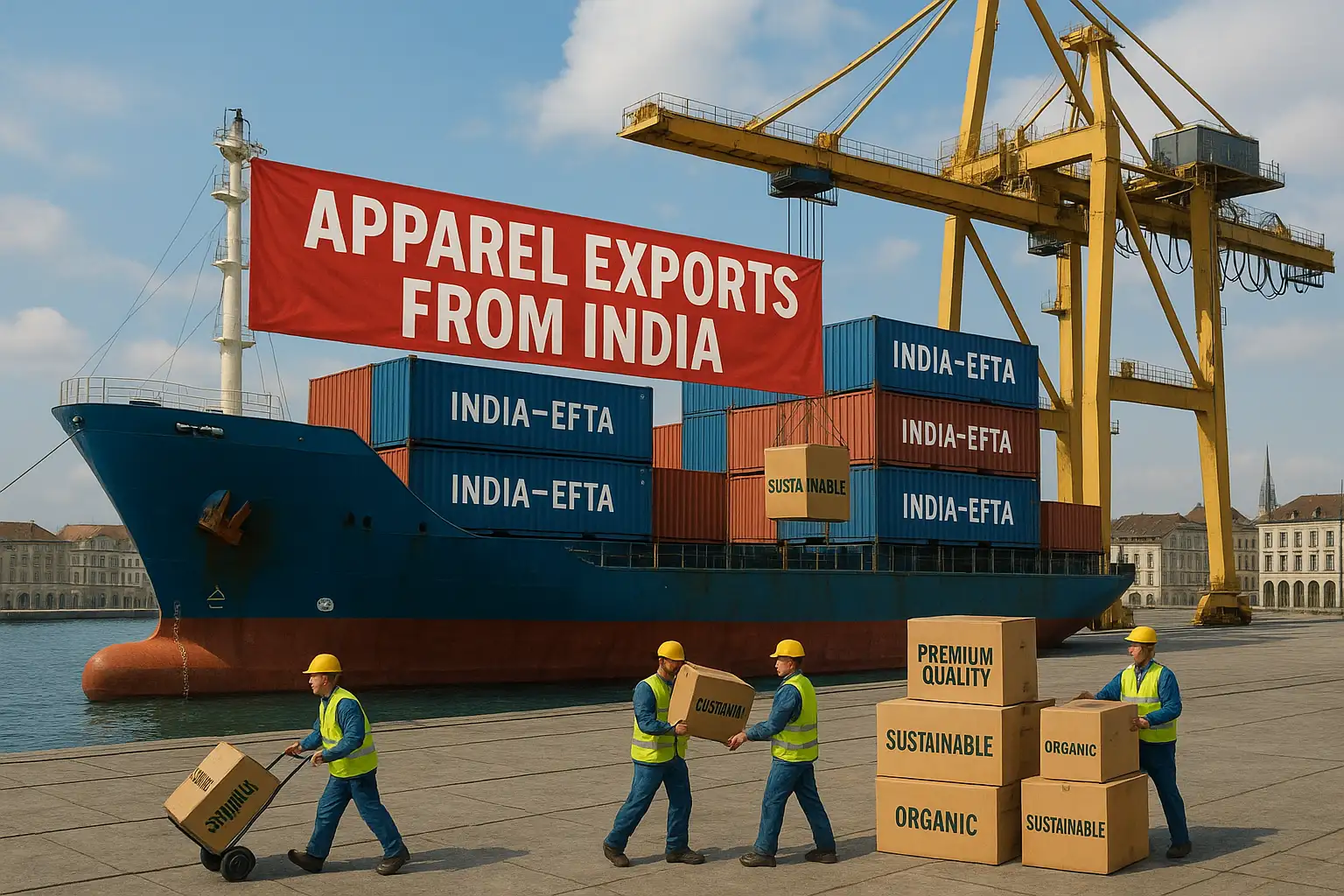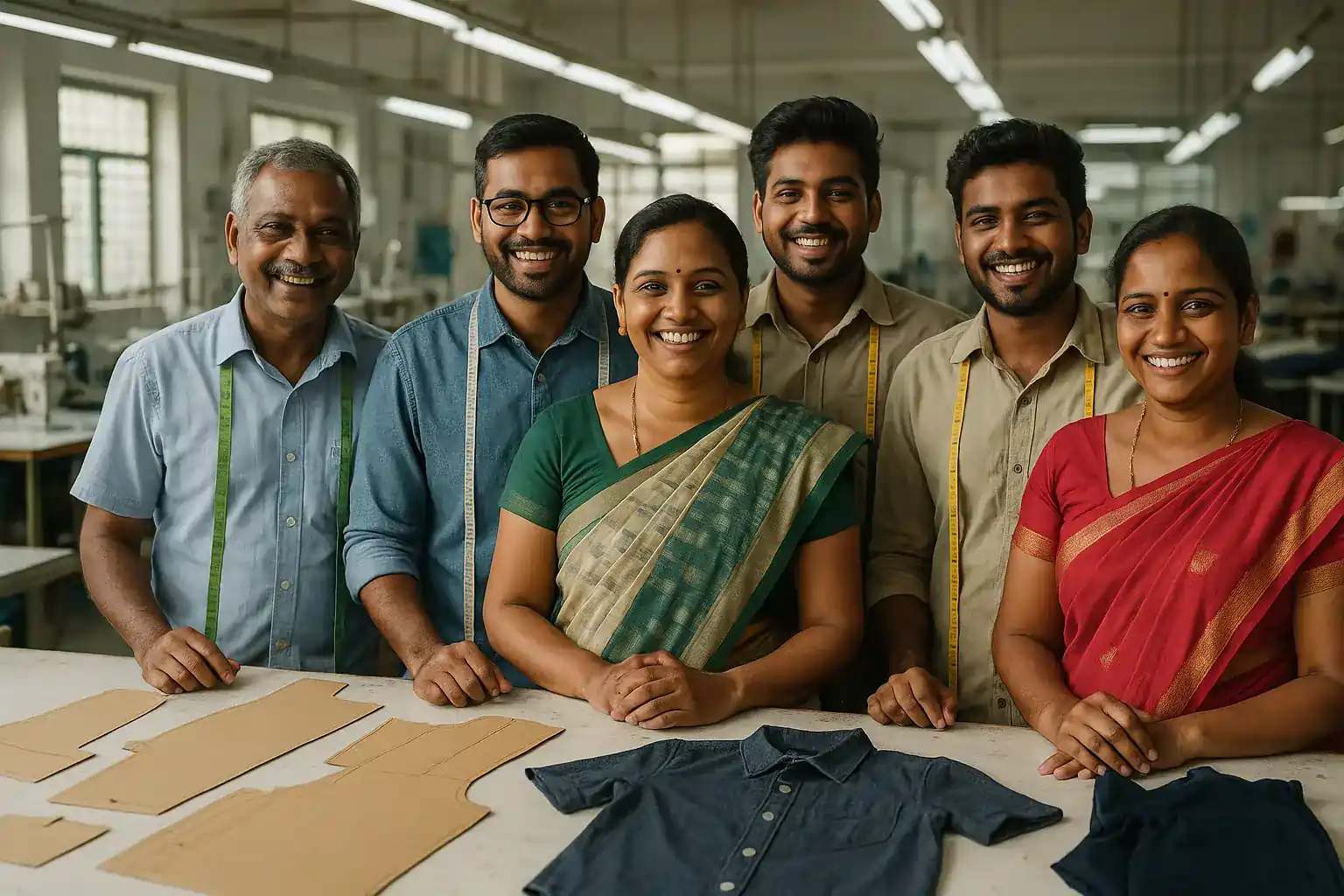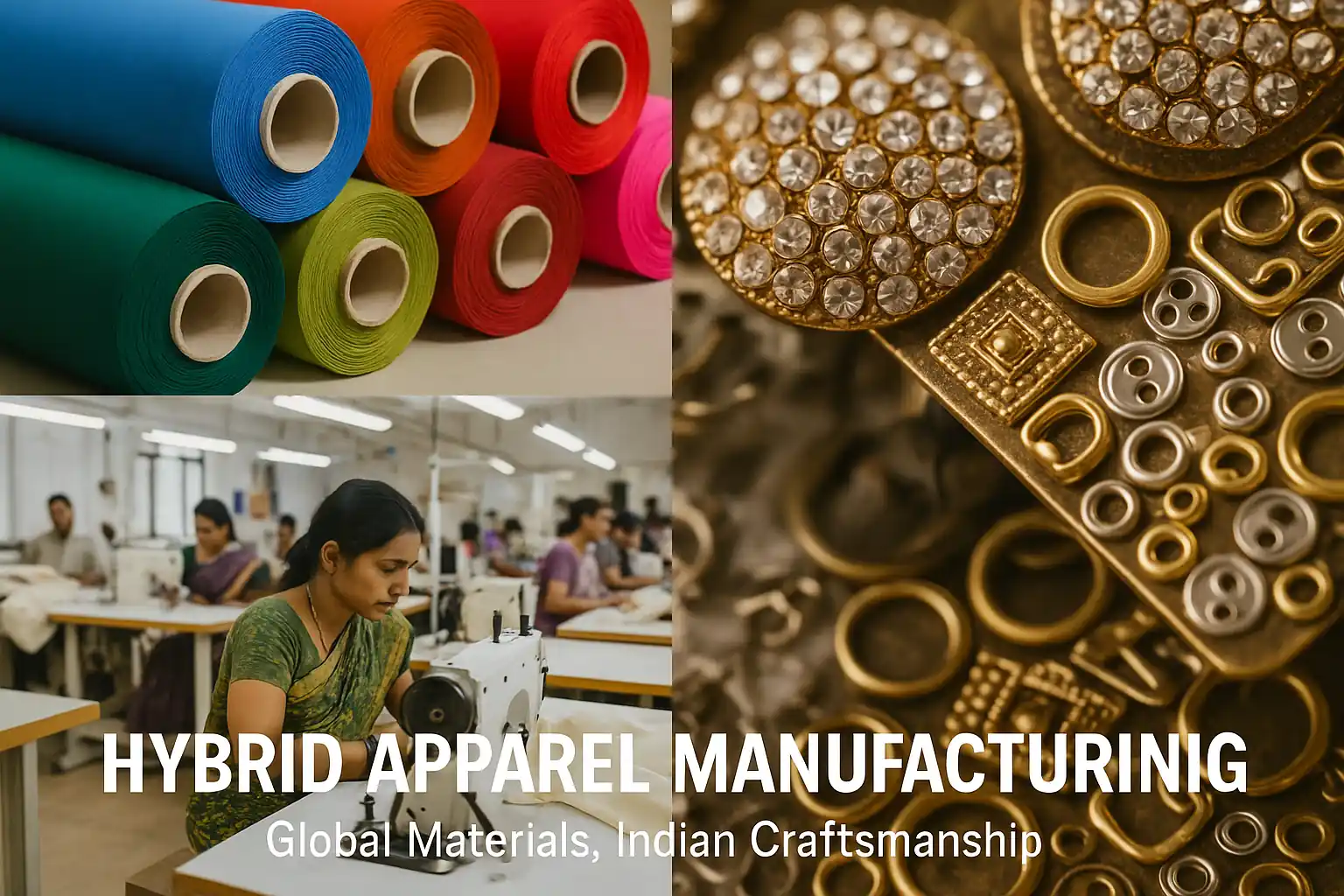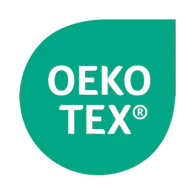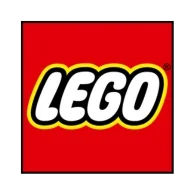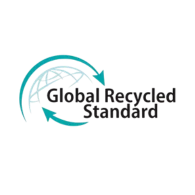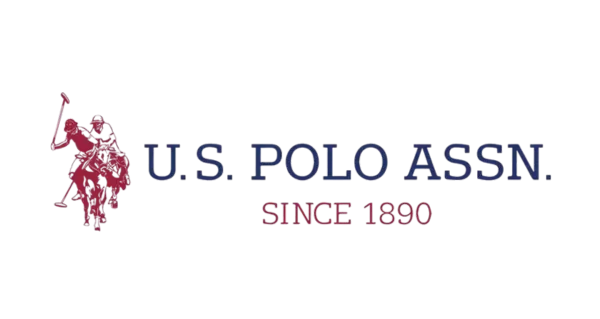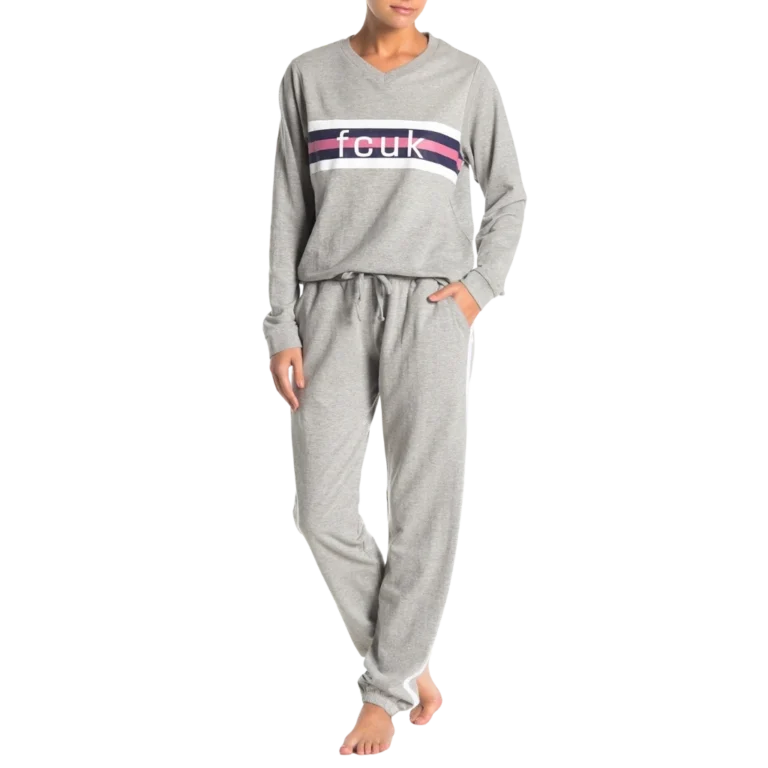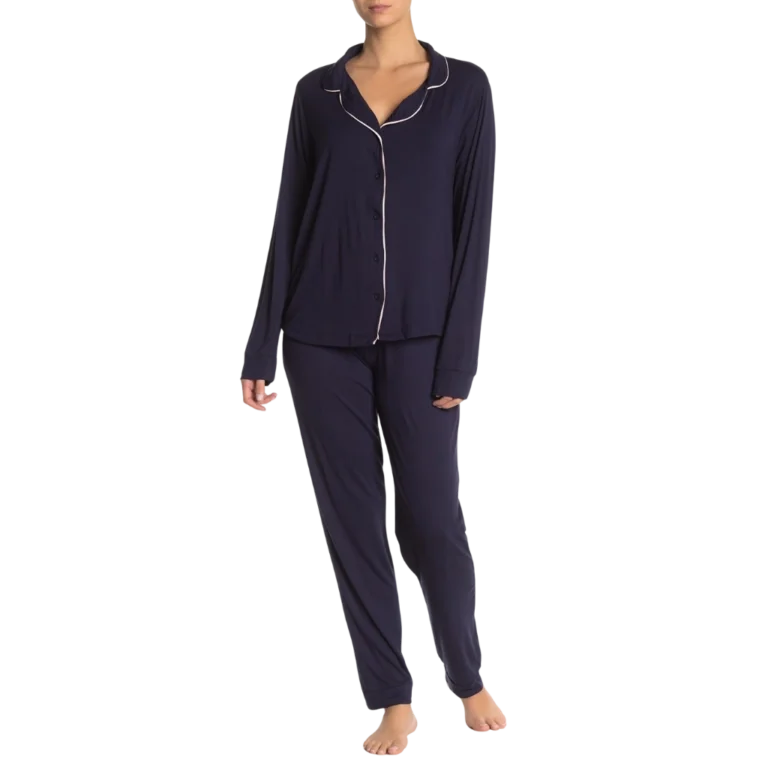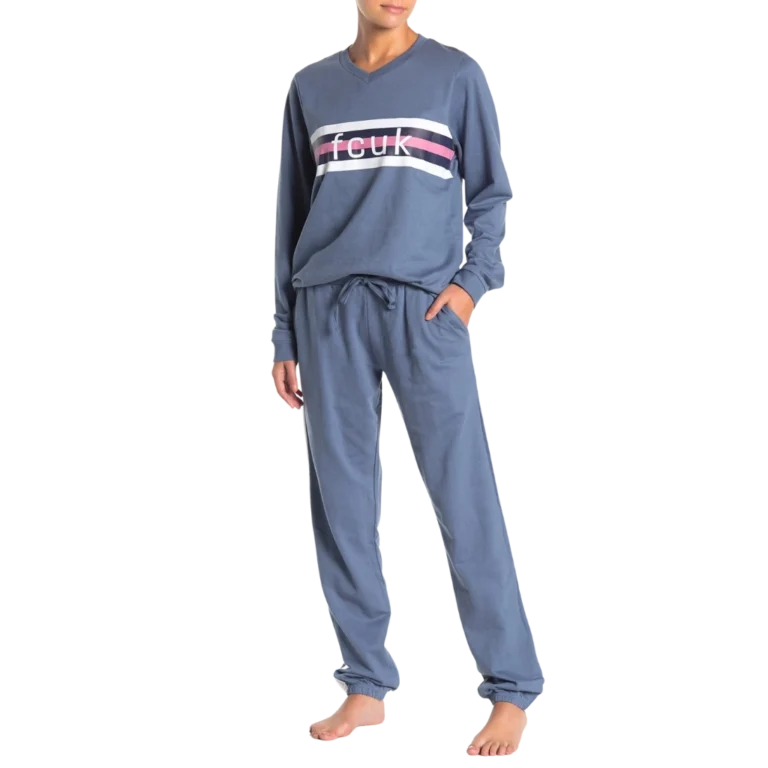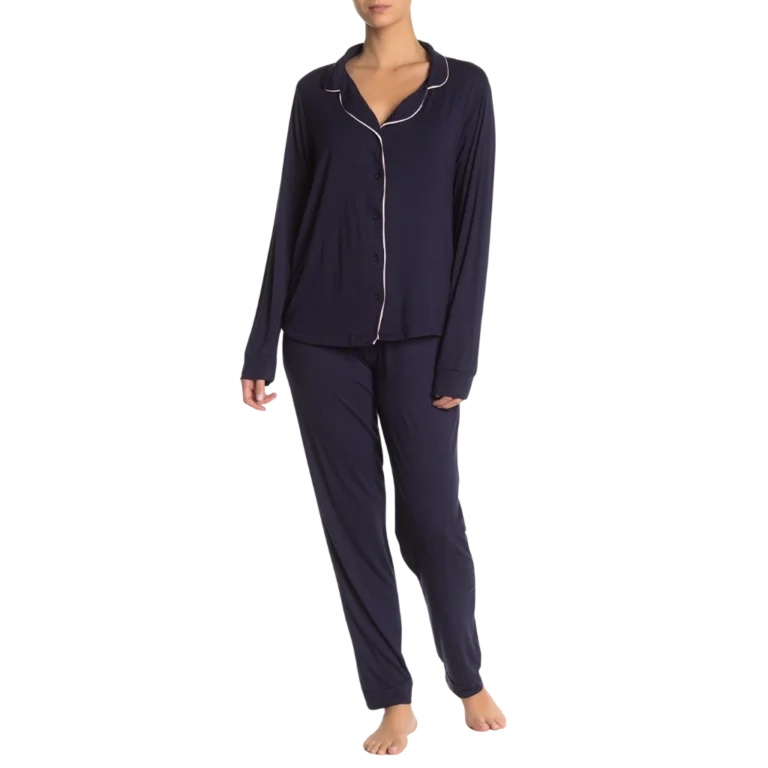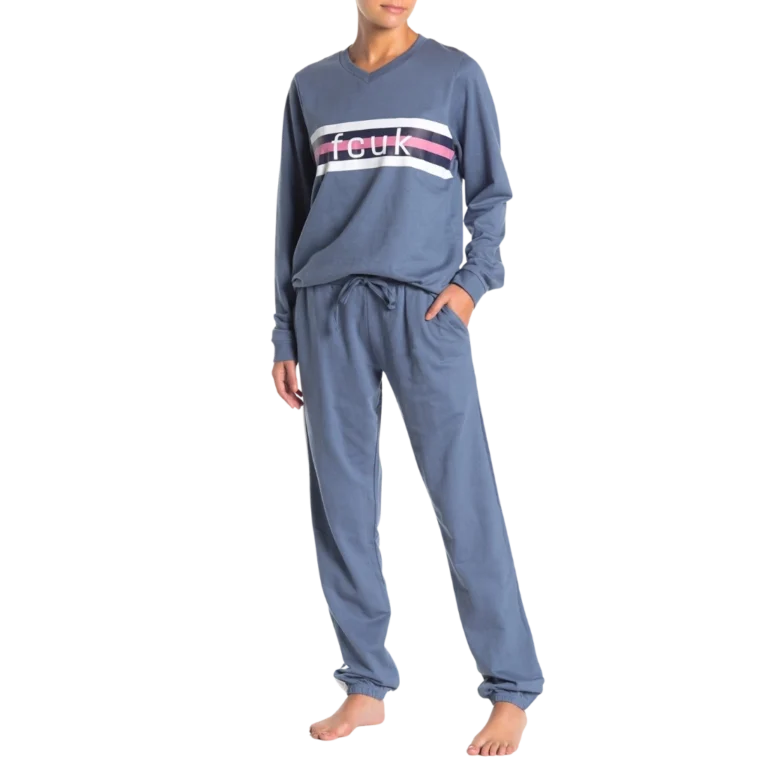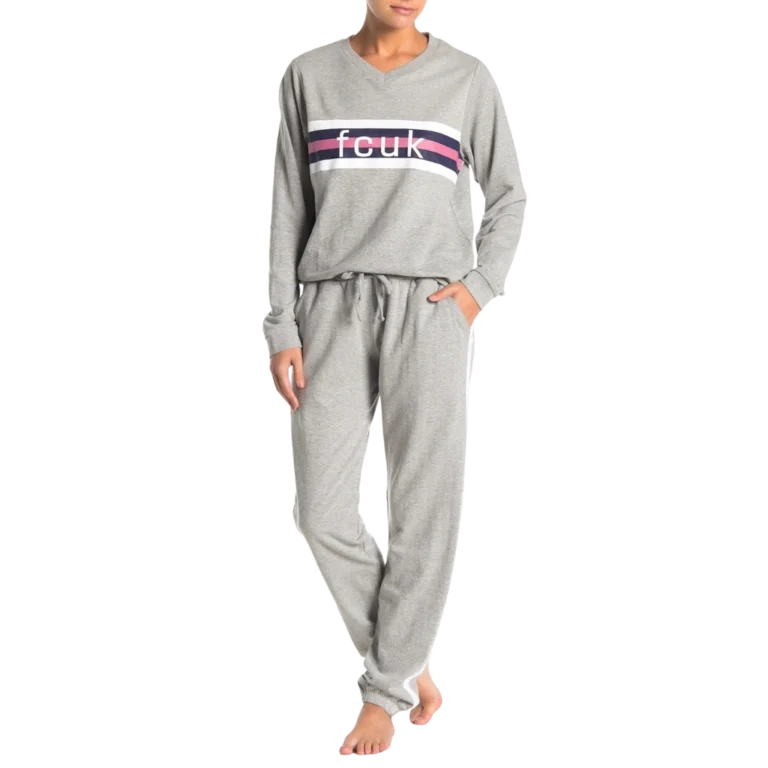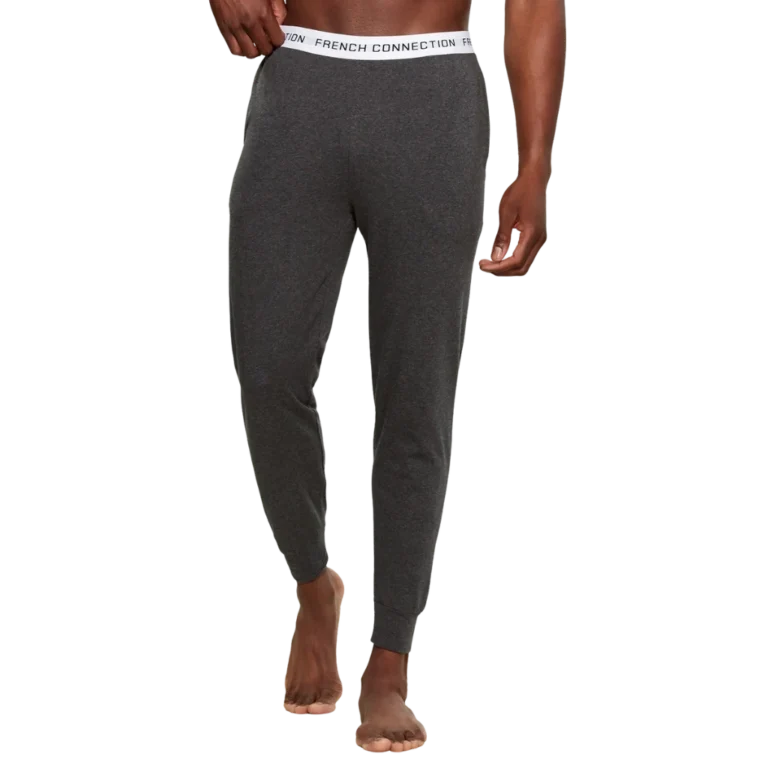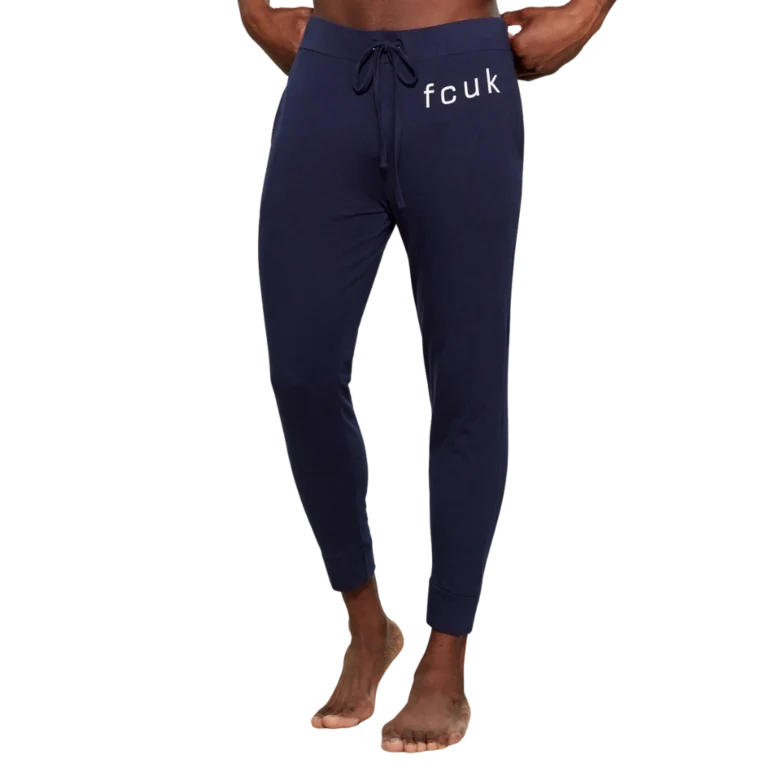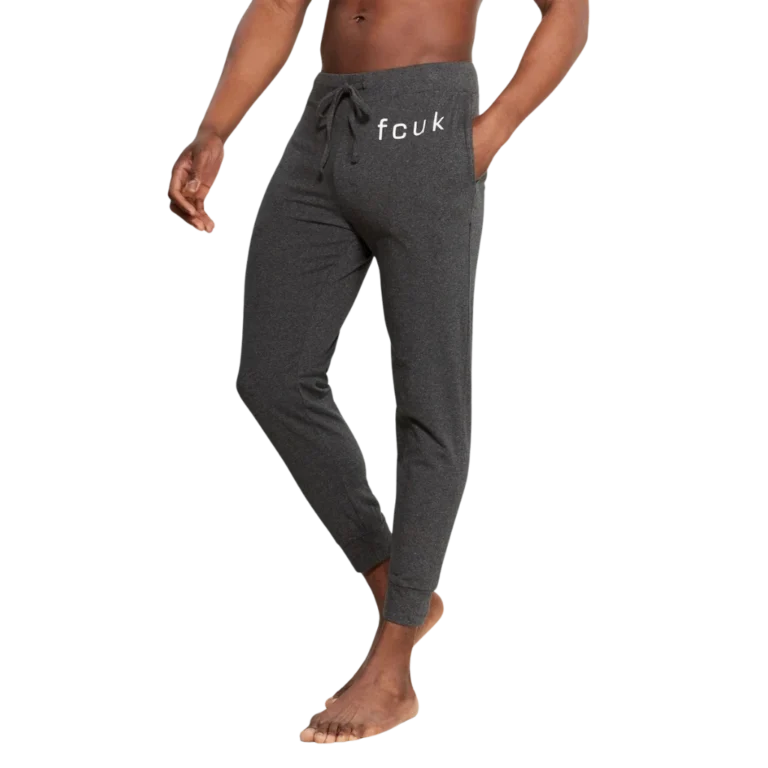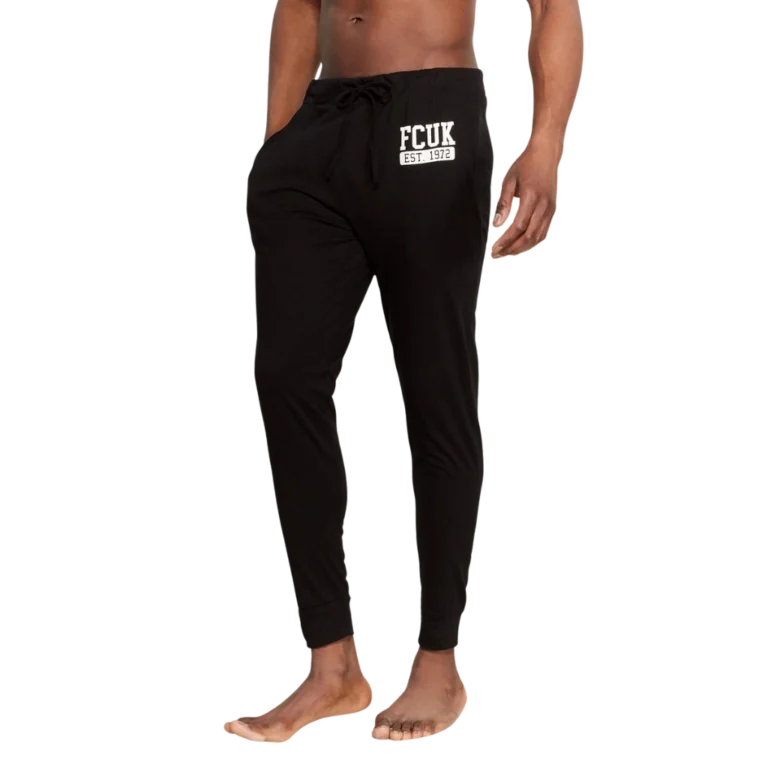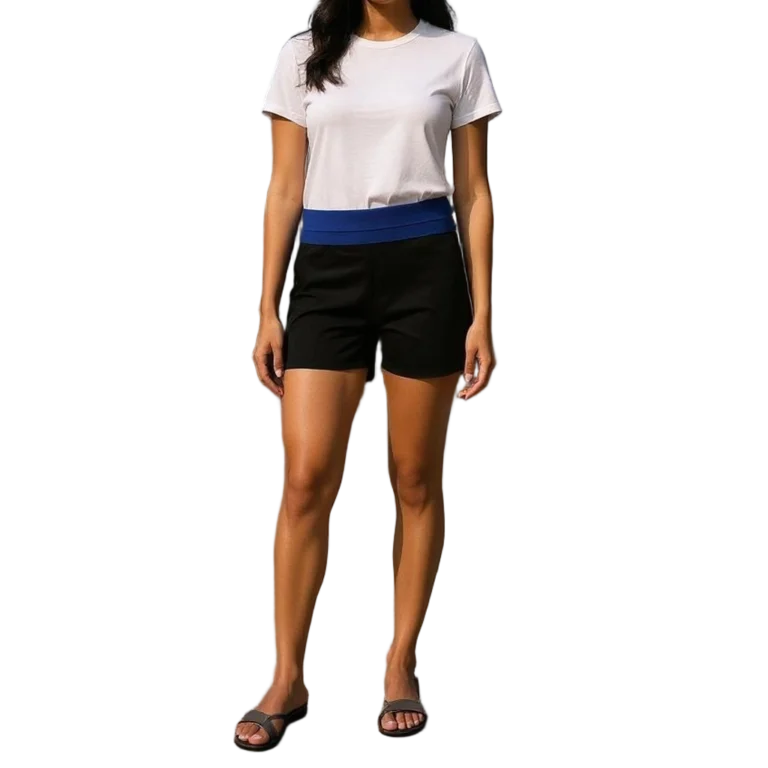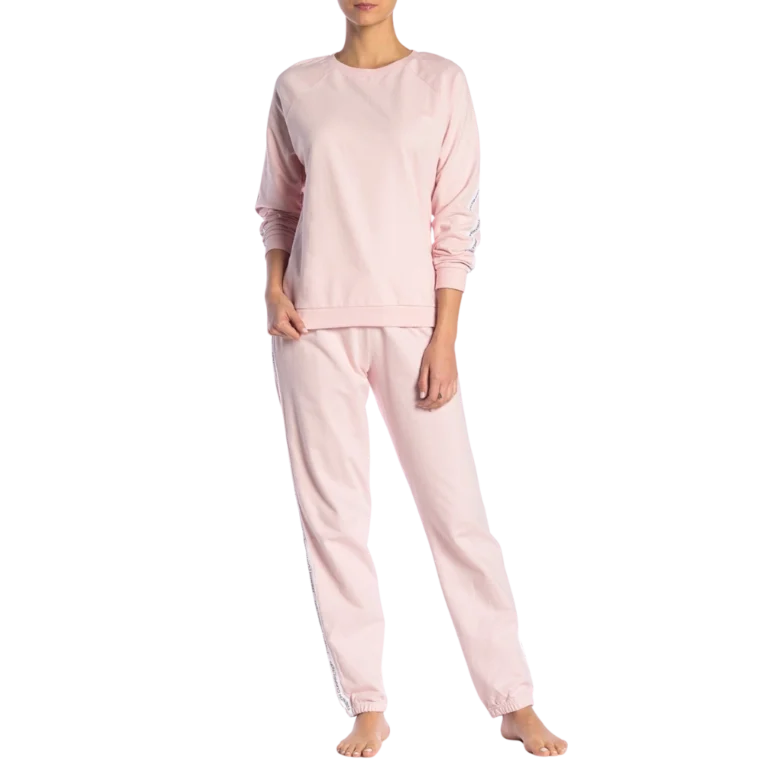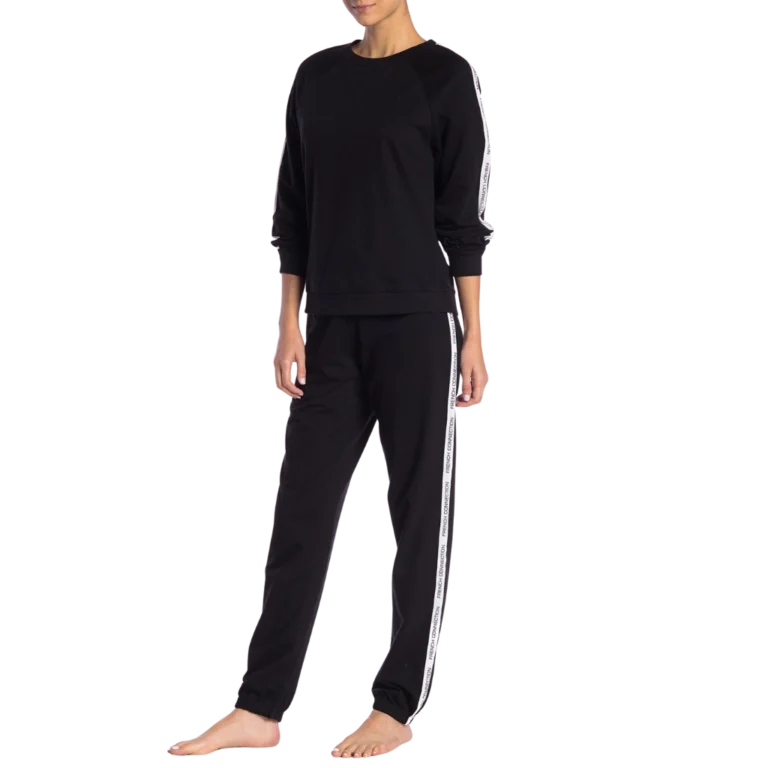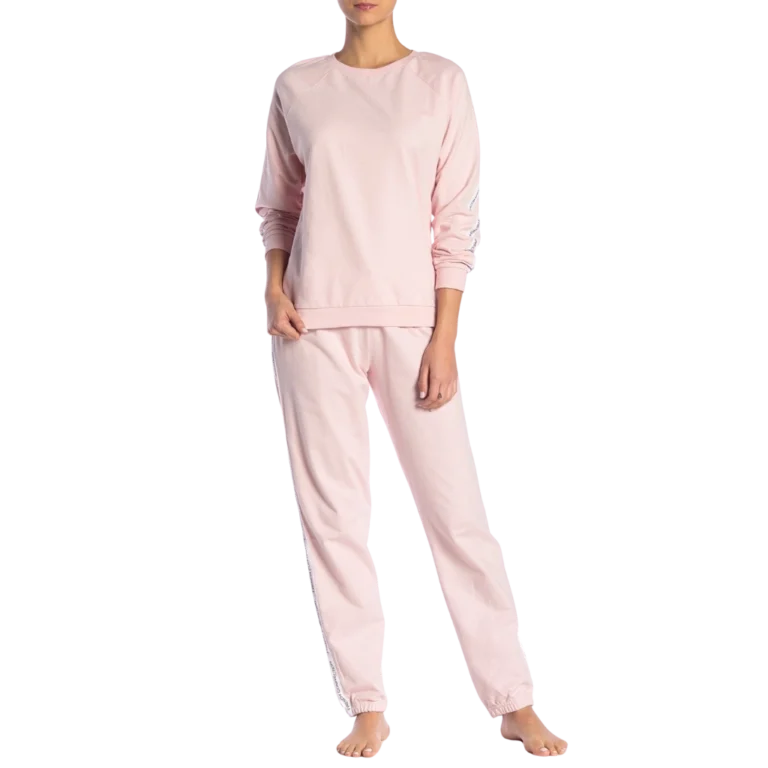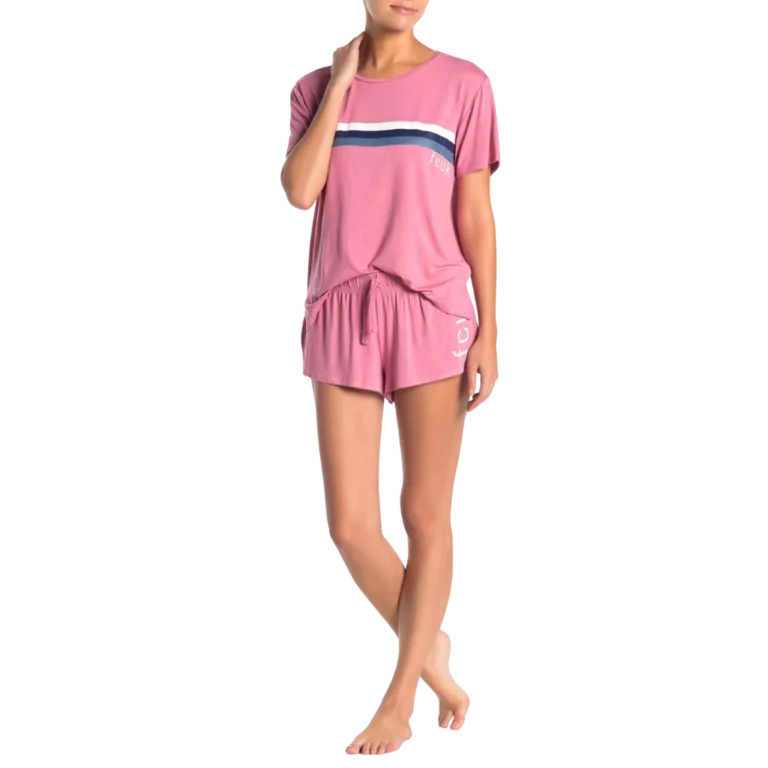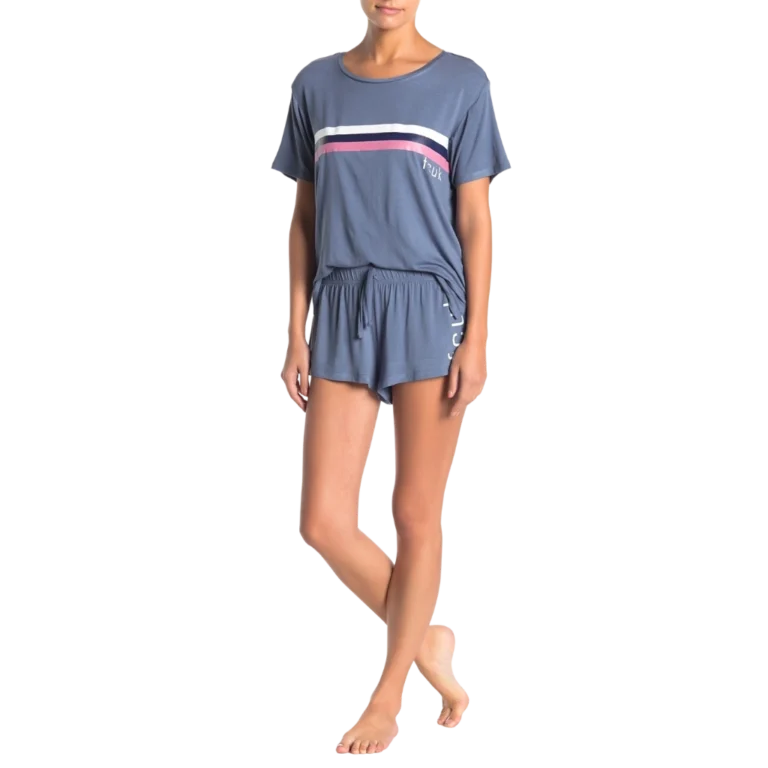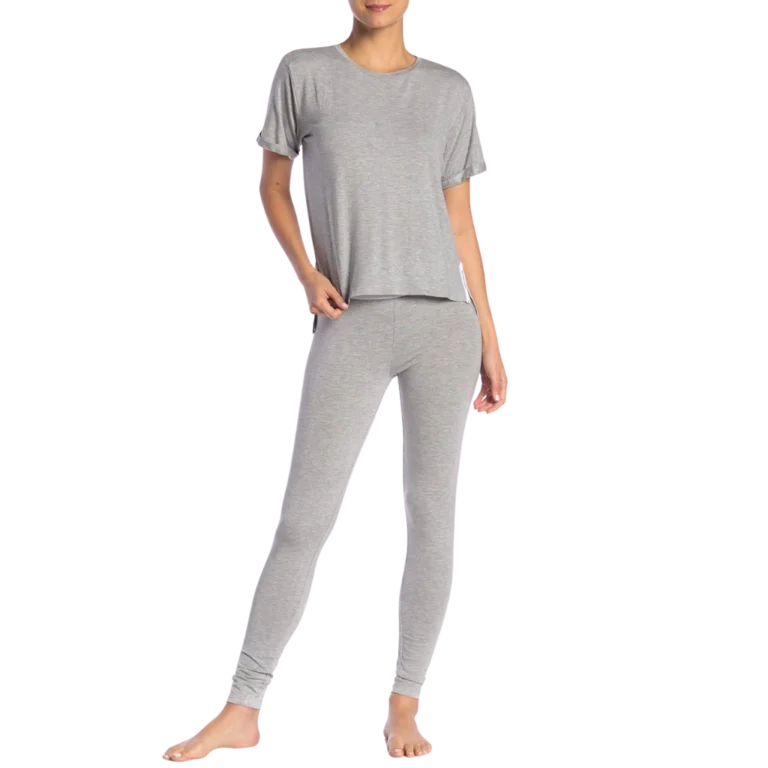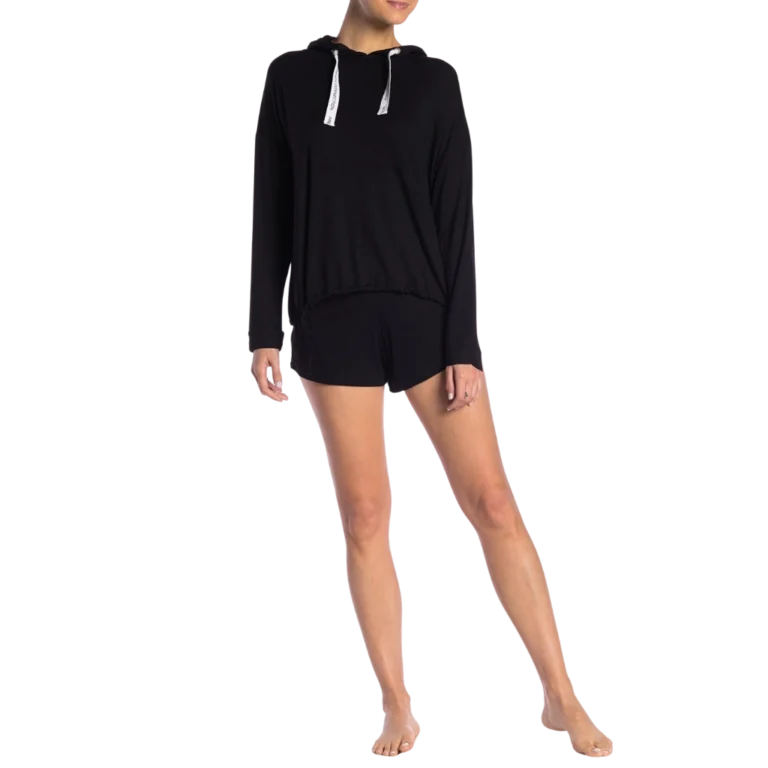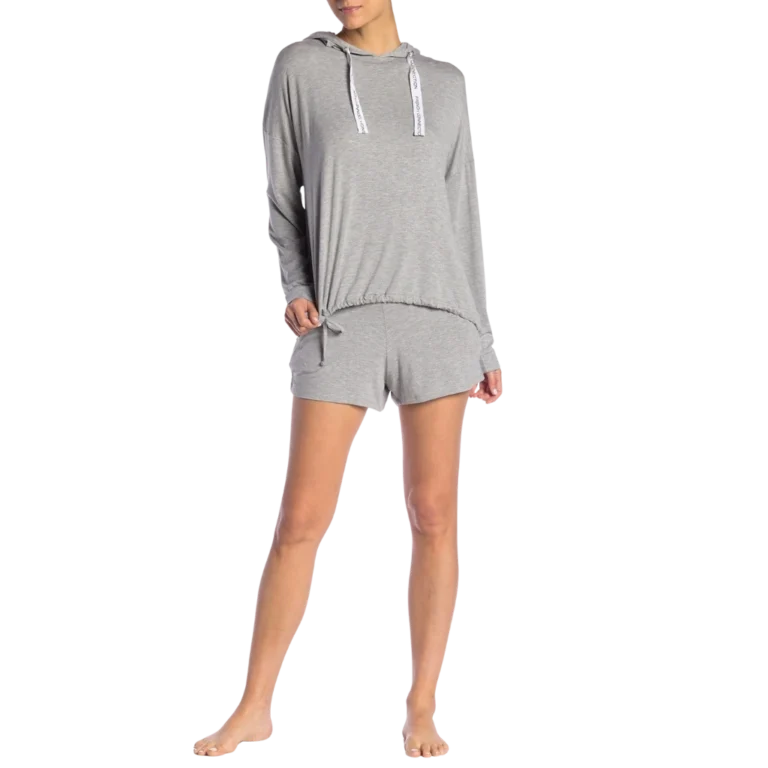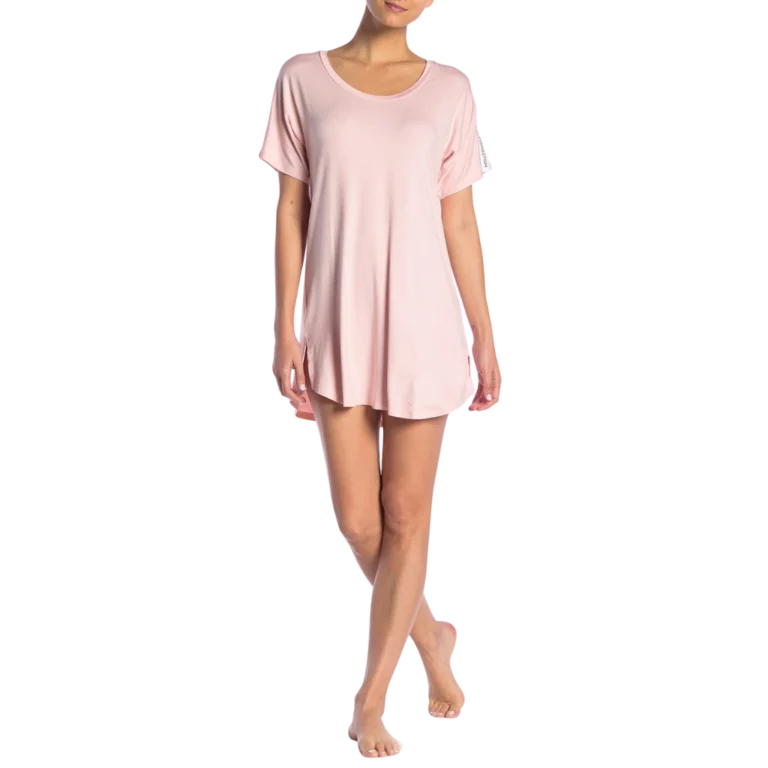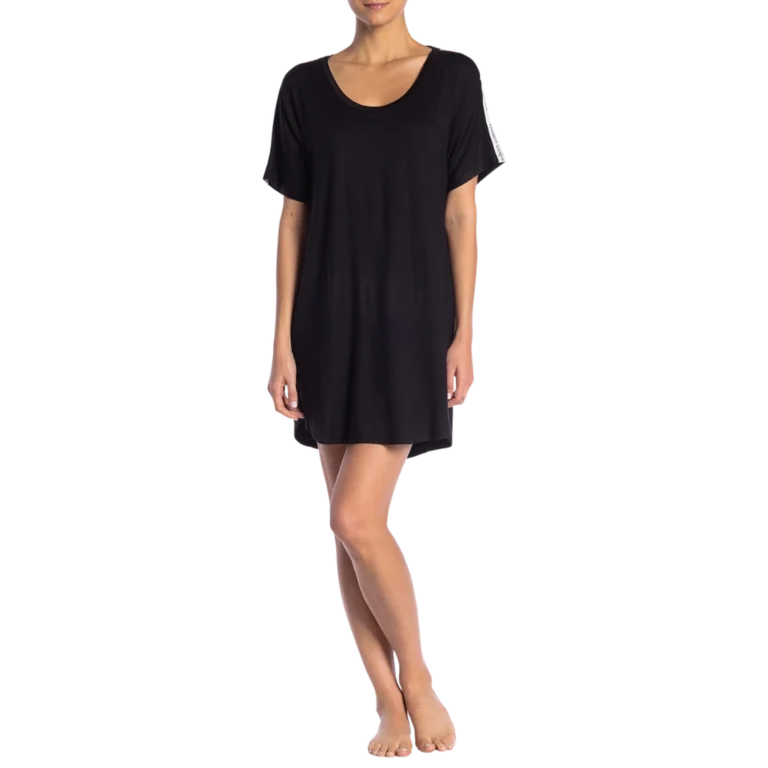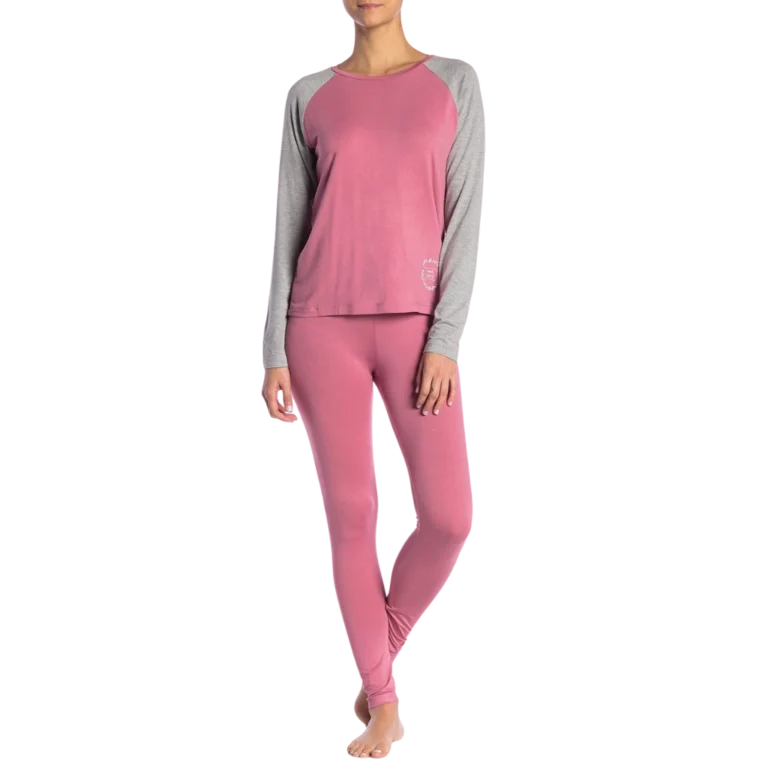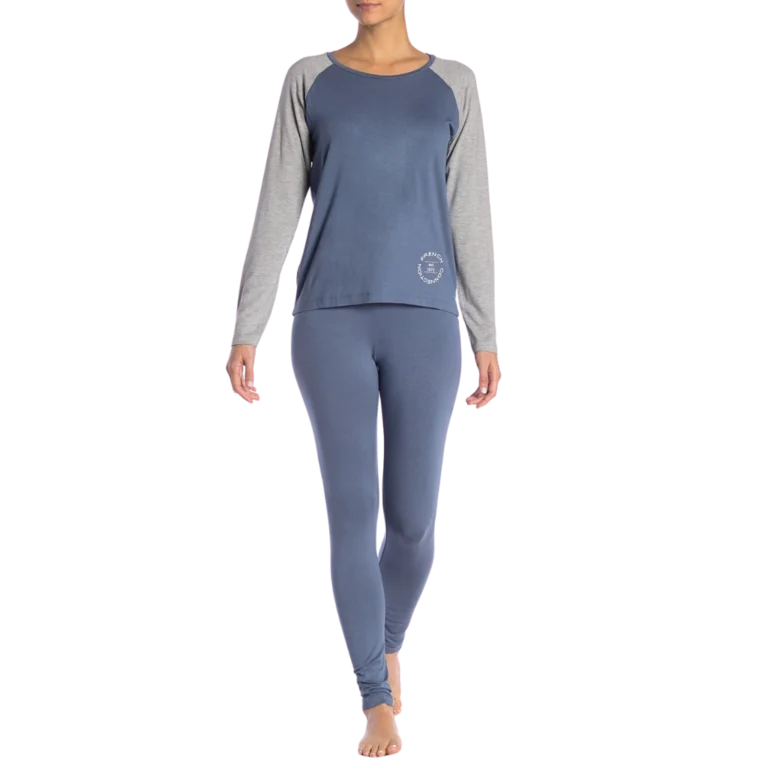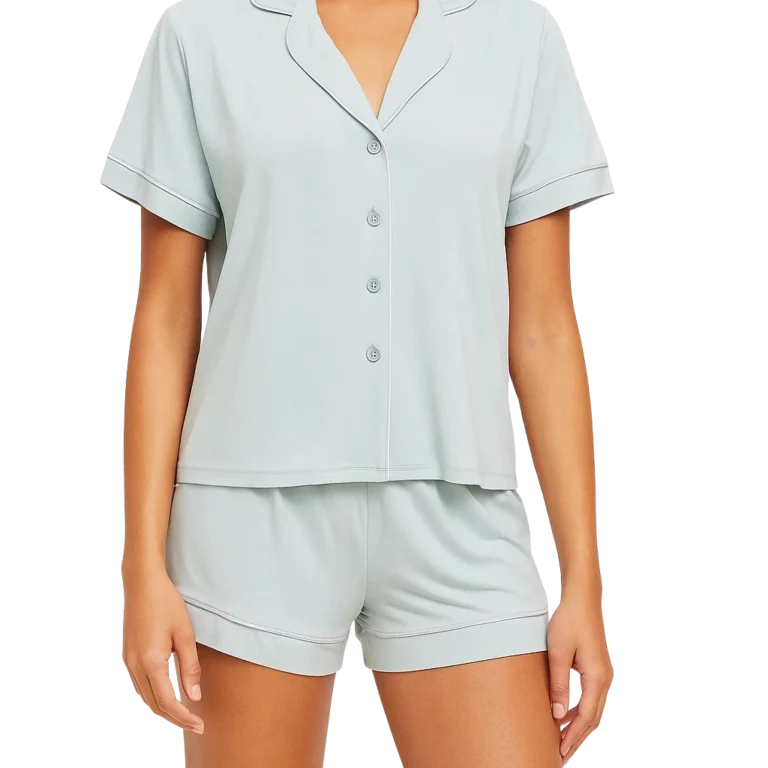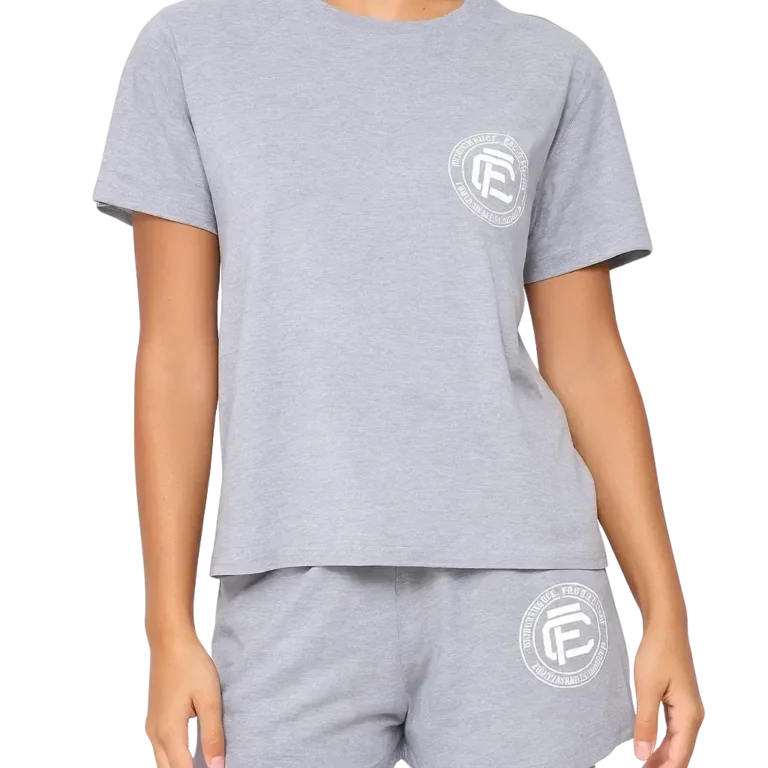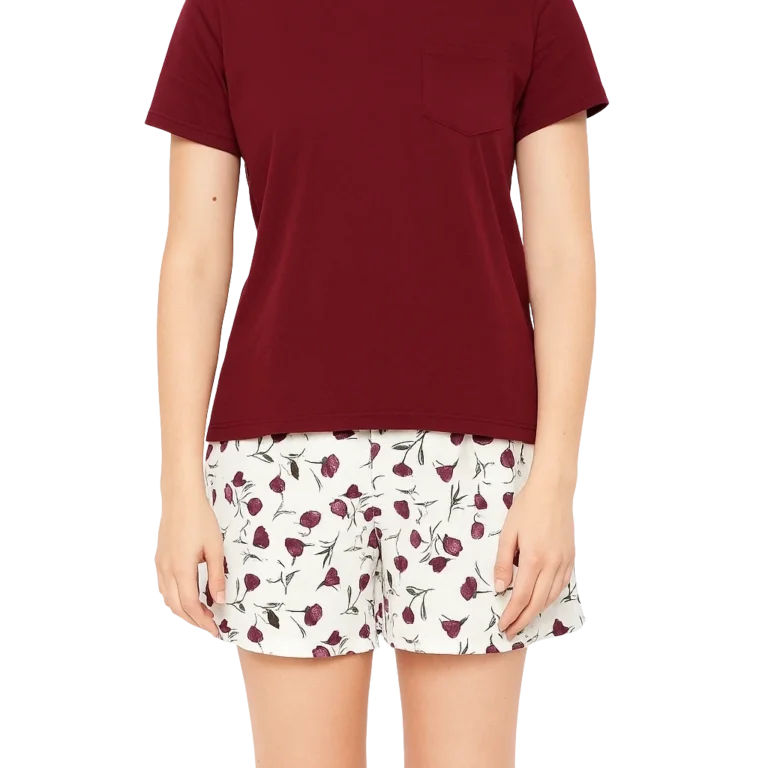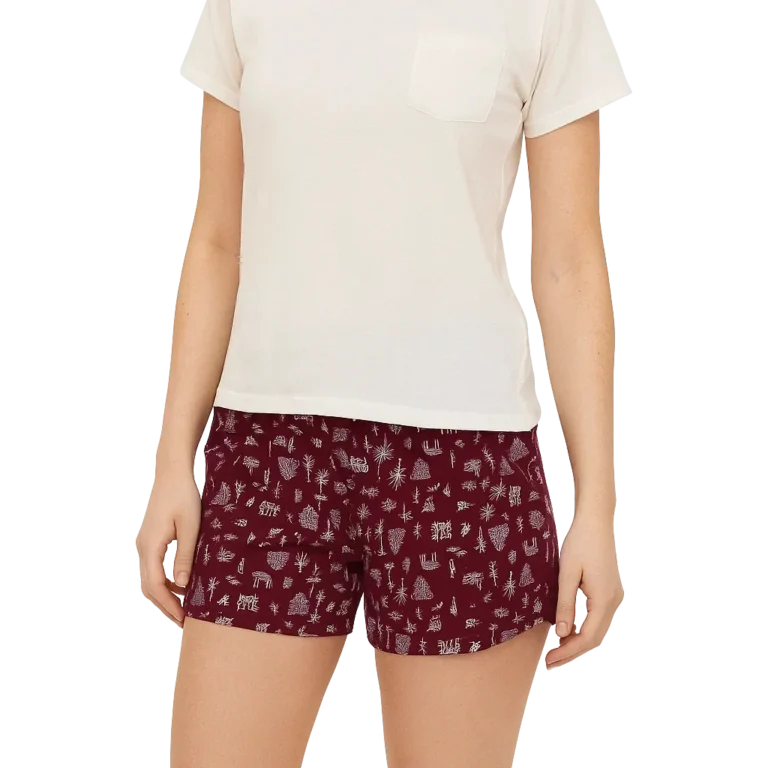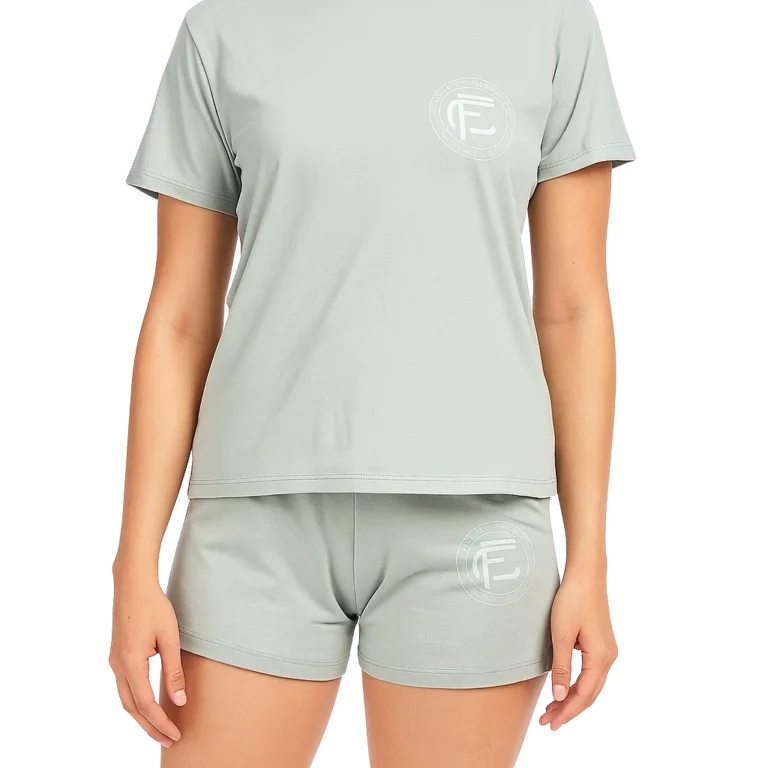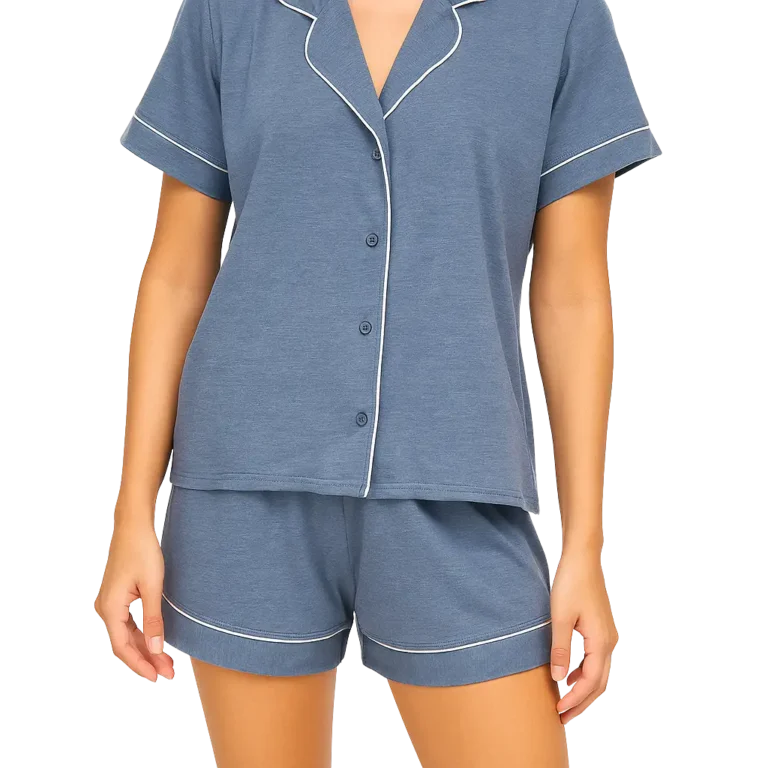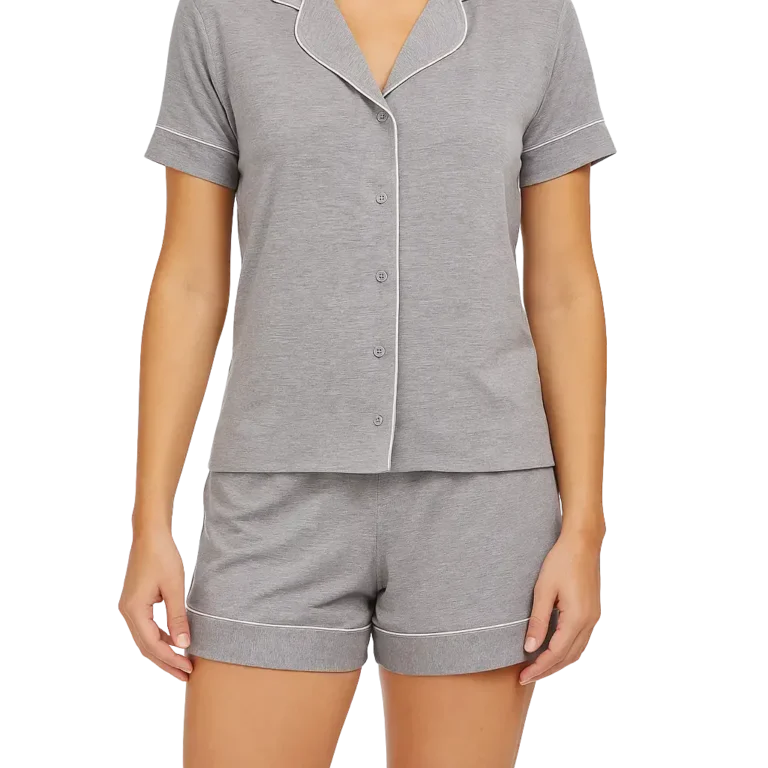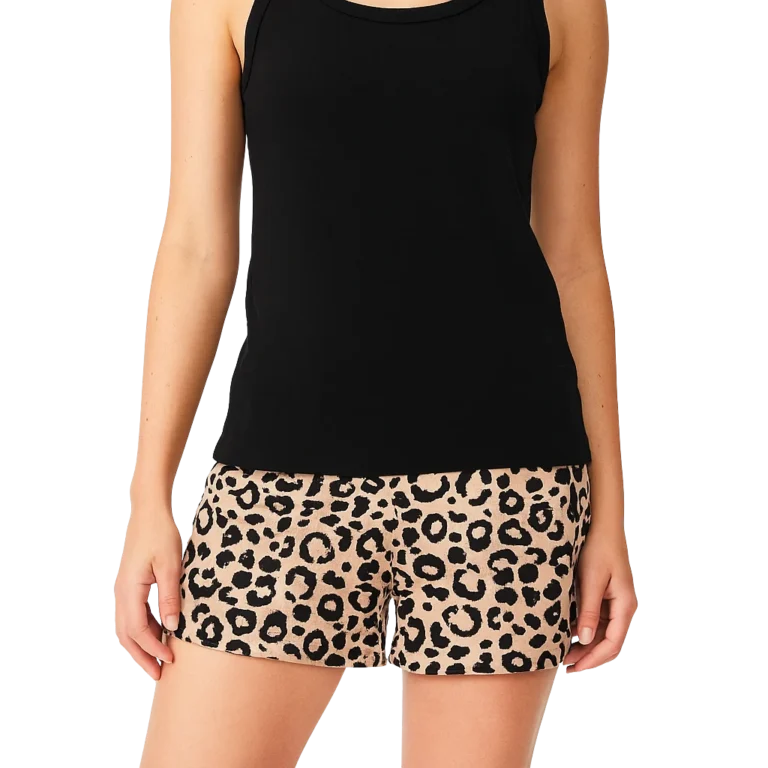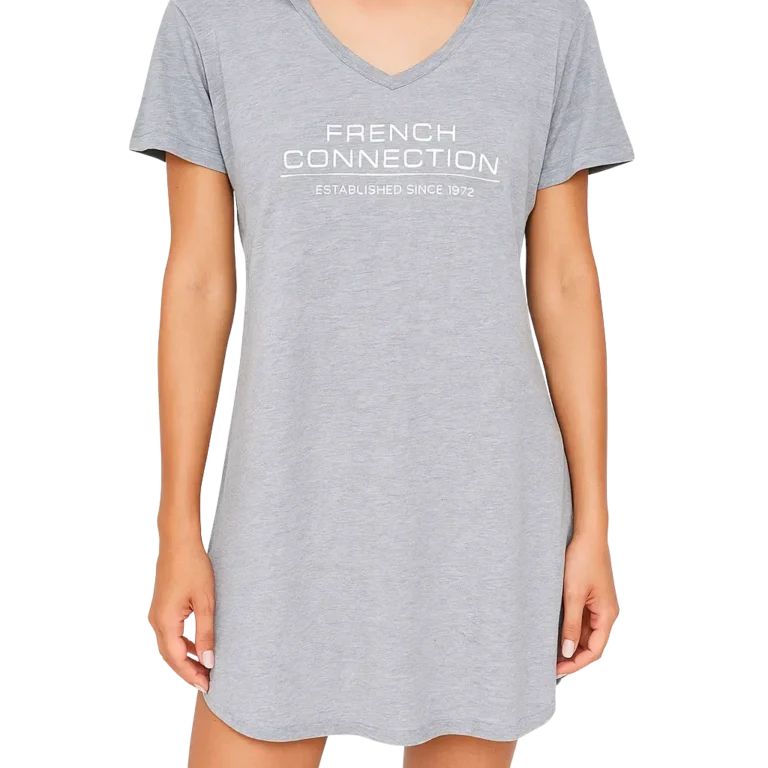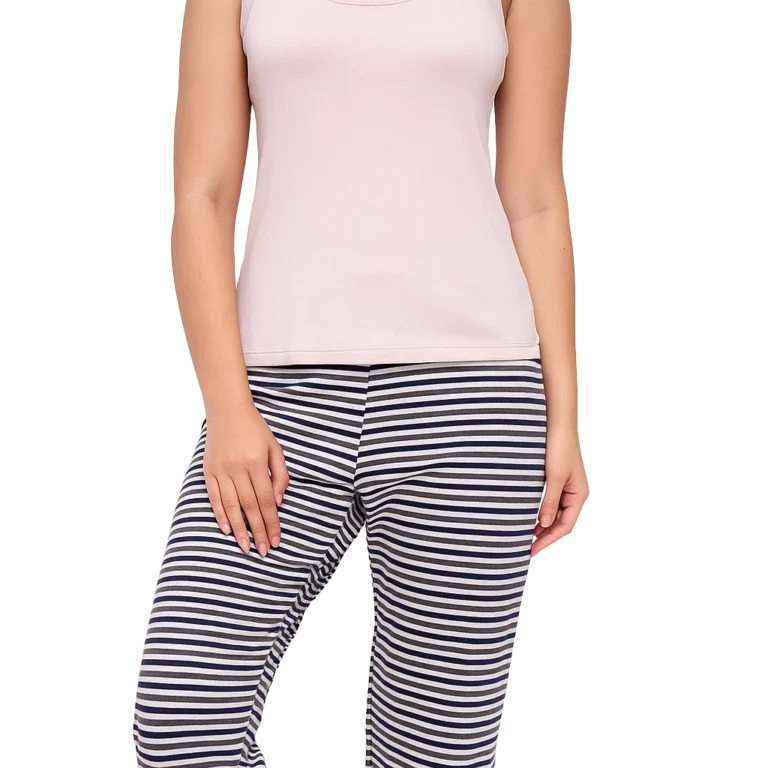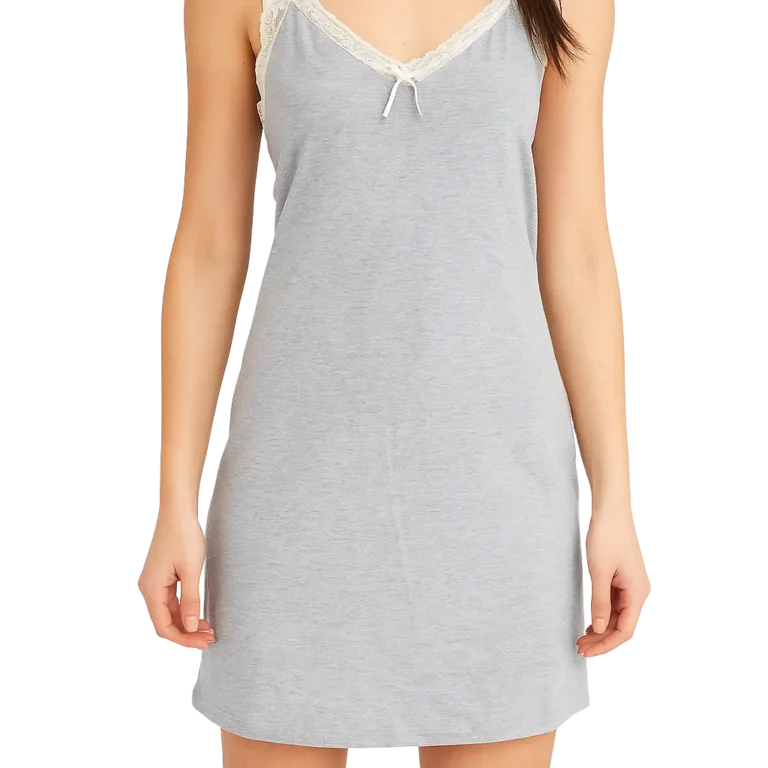India’s apparel exports industry is standing at the edge of a historic opportunity. With the enforcement of the India-EFTA Trade and Economic Partnership Agreement (TEPA) on October 1, 2025, the path has opened for Indian manufacturers and exporters to access some of the most premium textile and apparel markets in Europe.
The European Free Trade Association (EFTA) – consisting of Switzerland, Norway, Iceland, and Liechtenstein – together import nearly $14 billion worth of textiles annually. Until now, India’s share of this vast market has been just 0.35%, representing only $130 million in exports. Compared to India’s global exports of $36.71 billion, this is a negligible contribution. Yet, with TEPA’s immediate tariff removal and simplified certification processes, India can reposition itself as a competitive supplier to these high-value economies.
This blog takes a detailed look at how TEPA transforms the prospects for apparel exports from India, the unique opportunities in each EFTA country, and the strategies Indian manufacturers must adopt to succeed in these premium markets.
Switzerland: A Gateway to Premium Apparel Exports
For Indian exporters, Switzerland is by far the most important market within EFTA. In 2024, India ranked as the 7th largest supplier of apparel and textiles to Switzerland, holding a 3.5% share of the country’s total imports. Out of the $367.63 million worth of textiles imported from India, apparel accounted for almost 85%, making it the single most dominant product category.
What sets Switzerland apart is not just the size of its market but the quality orientation of its buyers. Swiss consumers are highly discerning and associate clothing with durability, precision, and sustainability. This creates a unique opening for Indian exporters to position their products not merely as affordable alternatives, but as premium, eco-friendly apparel lines. From luxury silk garments to organic cotton apparel and heritage handloom textiles, India’s diverse offering has the potential to attract attention in Switzerland’s high-spending fashion ecosystem.
For exporters, building credibility here will require more than just price competitiveness. Swiss retailers and fashion houses demand traceable sourcing, compliance with sustainability certifications like OEKO-TEX and GOTS, and transparency in supply chains. Those Indian manufacturers who align themselves with these expectations can elevate the “Made in India” label to stand shoulder-to-shoulder with Italy and France in the European premium apparel landscape.
Norway: The Sustainable and Outdoor Apparel Market
If Switzerland represents luxury and fashion, Norway represents functionality, sustainability, and outdoor performance wear. Norway’s retail market has been shaped by its climate, geography, and cultural emphasis on outdoor living. This makes technical textiles, winter clothing, and ethically sourced apparel particularly attractive categories for Indian exporters.
With TEPA, garments exports to Norway will benefit from zero tariffs, giving India an edge over non-FTA competitors. Norway’s consumers are also some of the most eco-conscious in Europe, demanding apparel that is not only stylish but also meets environmental standards. This demand aligns strongly with India’s growing capabilities in organic cotton production, recycled blends, and sustainable dyeing technologies.
There is also significant potential in performance-driven categories: jackets, hoodies, wool sweaters, and activewear that suit Norway’s outdoor lifestyle. Exporters who can combine technical features such as moisture control, weather resistance, and ethical manufacturing will find a strong and loyal buyer base.
Iceland: Small Market, Big Potential for Apparel Exports
Though Iceland is a relatively small economy compared to Switzerland and Norway, its apparel market is unique and promising. The country’s extreme weather conditions create a consistent demand for thermal wear, winter jackets, knitwear, and performance fabrics. With fashion retail chains expanding and consumers increasingly open to international sourcing, Iceland represents a niche but valuable opportunity for Indian apparel exporters.
The demand here is less about luxury and more about functionality, though sustainability is still a key factor. Indian exporters with strengths in wool blends, thermal cottons, and eco-friendly performance apparel can position themselves well. Iceland may not generate the same volume as Switzerland, but the high value of its niche segments means that Indian suppliers who build relationships here will enjoy long-term stability.
Liechtenstein: Specialized and High-Value Apparel Imports
Liechtenstein is the smallest of the four EFTA countries, but its per capita income is among the highest in the world. This creates a market that, while small in size, is significant in terms of premium demand. Imports here are often specialized: technical textiles, industrial fabrics, and high-quality apparel designed for very specific uses.
Indian exporters should not overlook Liechtenstein, as its buyers often seek long-term supplier partnerships and are willing to pay a premium for consistency, compliance, and innovation. By offering custom-designed apparel and technical textiles that meet European quality and safety standards, Indian companies can capture this specialized demand.
How TEPA Changes the Apparel Export Game
The most immediate and powerful impact of TEPA is tariff liberalization. Nearly 92.2% of tariff lines covering 99.6% of India’s apparel exports now benefit from duty concessions. For exporters, this translates into a direct pricing advantage and faster market penetration.
Equally important are the simplified rules of origin and certification processes. Indian exporters often struggled with complex European documentation requirements; TEPA streamlines these, reducing compliance costs and saving valuable time. This makes it easier for small and mid-sized apparel exporters to compete with larger players.
Beyond tariffs, the agreement also opens the door for investments and collaborations. EFTA countries have collectively committed up to $100 billion in investment opportunities across Indian sectors, with textiles and apparel manufacturing highlighted as a priority. This could result in technology transfers, sustainable production partnerships, and skill development programs that improve India’s global competitiveness.
Apparel Categories Poised for Growth
Certain apparel categories are expected to benefit disproportionately from TEPA:
Premium Apparel: Luxury garments, silk wear, and fashion-forward collections for Switzerland.
Sustainable Apparel: Organic cotton and eco-certified lines for Norway and Switzerland.
Winter Wear: Thermal sets, sweaters, jackets, and knitwear for Norway and Iceland.
Heritage & Handloom Apparel: Artisanal textiles that appeal to EFTA’s premium niche buyers.
By strategically aligning production with these categories, India can achieve 2–3x growth in apparel exports to EFTA by 2027, and potentially secure a 2–3% market share in EFTA’s imports by 2030.
Challenges Indian Exporters Must Overcome
While the opportunities are immense, Indian apparel exporters must also address several challenges to succeed in EFTA markets:
Quality Standards: EFTA countries enforce some of the strictest textile and apparel regulations in the world. Compliance with ISO, OEKO-TEX, GOTS, and WRAP certifications is non-negotiable.
Competition: India will face stiff competition from established European suppliers and Turkey. Differentiation through craftsmanship, flexibility, and low MOQs will be critical.
Brand Recognition: Unlike Bangladesh or Vietnam, India is not yet strongly associated with premium apparel in Europe. Strategic marketing campaigns and trade fair participation (e.g., Mode Suisse, Oslo Runway) are essential.
Sustainability Demands: European consumers increasingly expect eco-labeling and traceable supply chains. Indian exporters must adapt with sustainable packaging, green manufacturing, and digital compliance reporting.
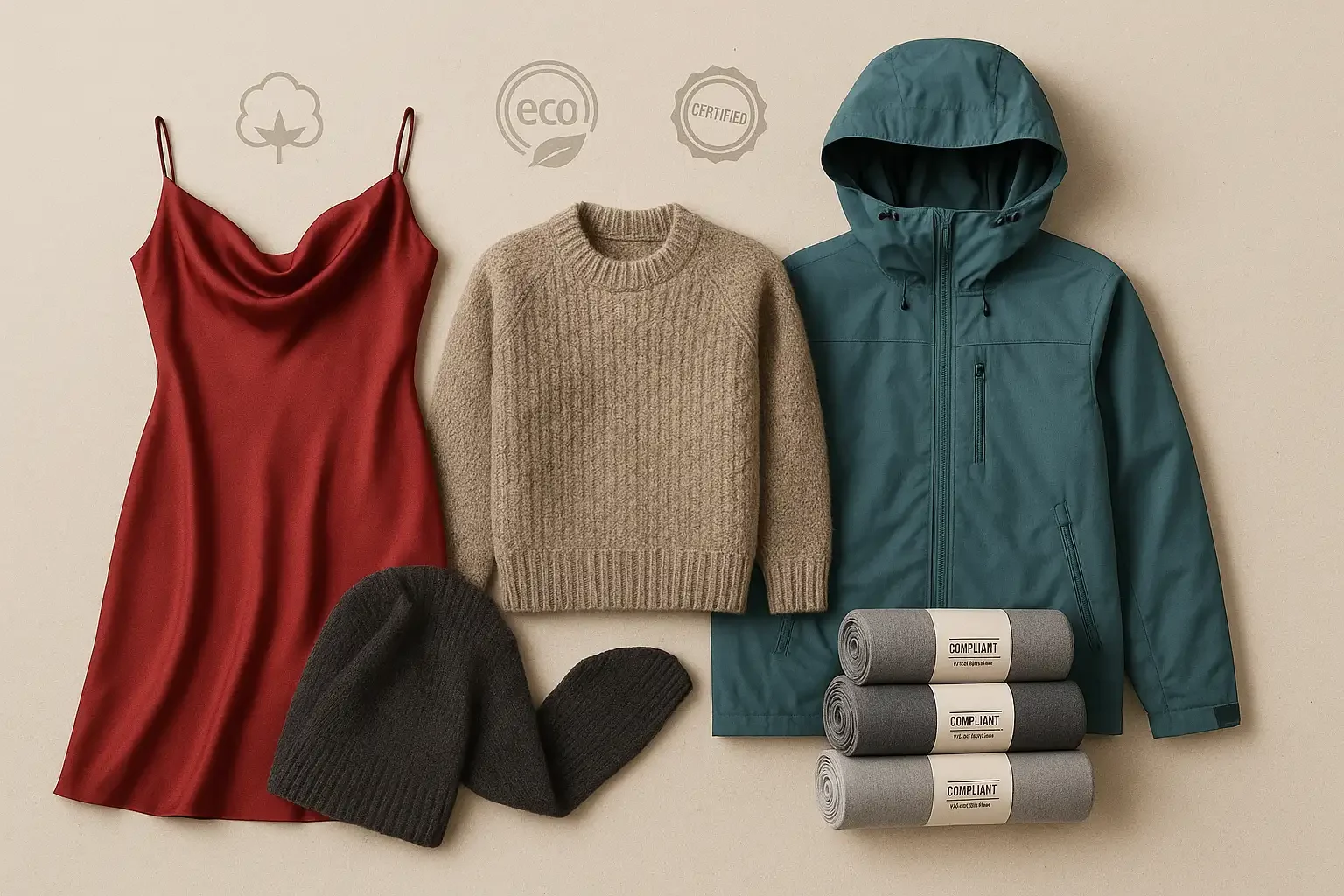
Conclusion
The India–EFTA TEPA is a once-in-a-generation opportunity for India’s apparel industry. By removing tariffs, simplifying compliance, and encouraging investment, it creates a level playing field for Indian exporters to expand into premium markets long dominated by European and Turkish suppliers.
Switzerland offers access to luxury fashion buyers, Norway to sustainable and outdoor apparel segments, Iceland to niche winter wear, and Liechtenstein to specialized high-value imports. Together, they present a combined opportunity that could transform India’s exports landscape.
For sourcing managers and apparel buyers in Europe, this agreement means easier access to Indian apparel manufacturers who can now deliver competitive pricing, sustainable production, and premium quality. For Indian exporters, the challenge lies in adapting quickly, investing in compliance and branding, and seizing this golden window before competitors solidify their presence.
If executed strategically, India can position itself as not just a volume supplier, but as a trusted, premium apparel sourcing partner for Europe’s high-value markets.

